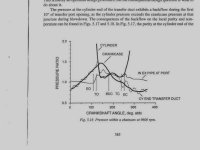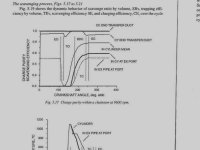Al Smith
Here For The Long Haul!
- Local time
- 4:15 AM
- User ID
- 537
- Joined
- Jan 14, 2016
- Messages
- 6,655
- Reaction score
- 14,840
- Location
- North western Ohio
I might add with the above cut and paste it was too long to do in it's entirety .However it's interesting if somebody wants to Google it .Cline in his writings defines pre ignition as being before top dead center for varied reasons .He defines detonation as happening from the unburned gasses of combustion happening after 14 degrees past top dead center .Similar in nature but not one in the same.,









